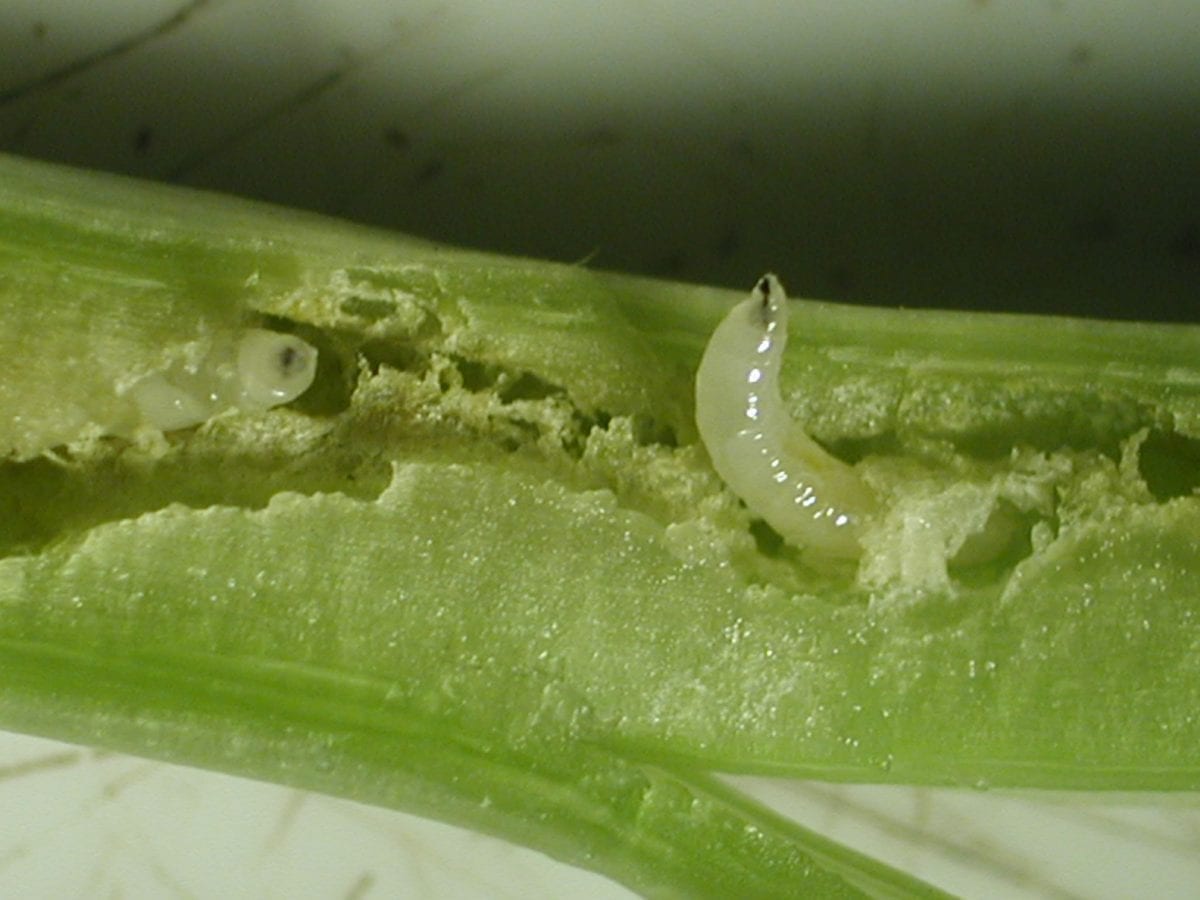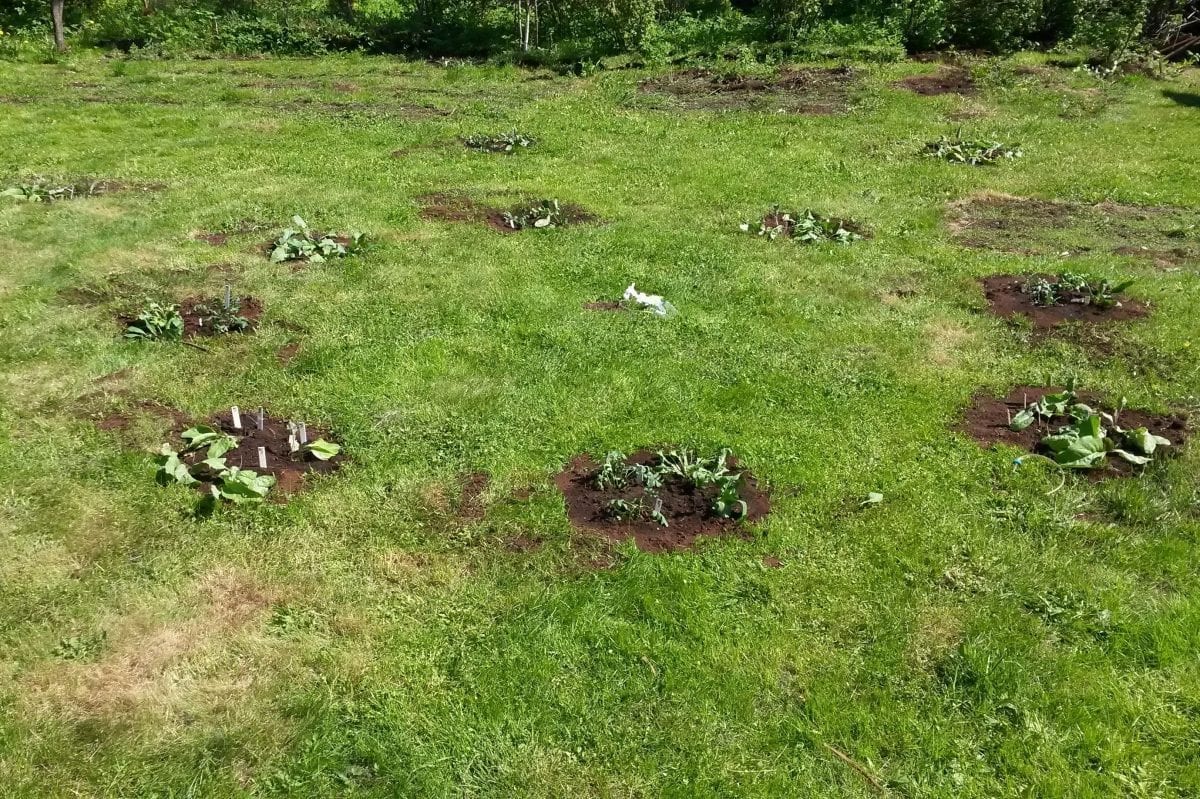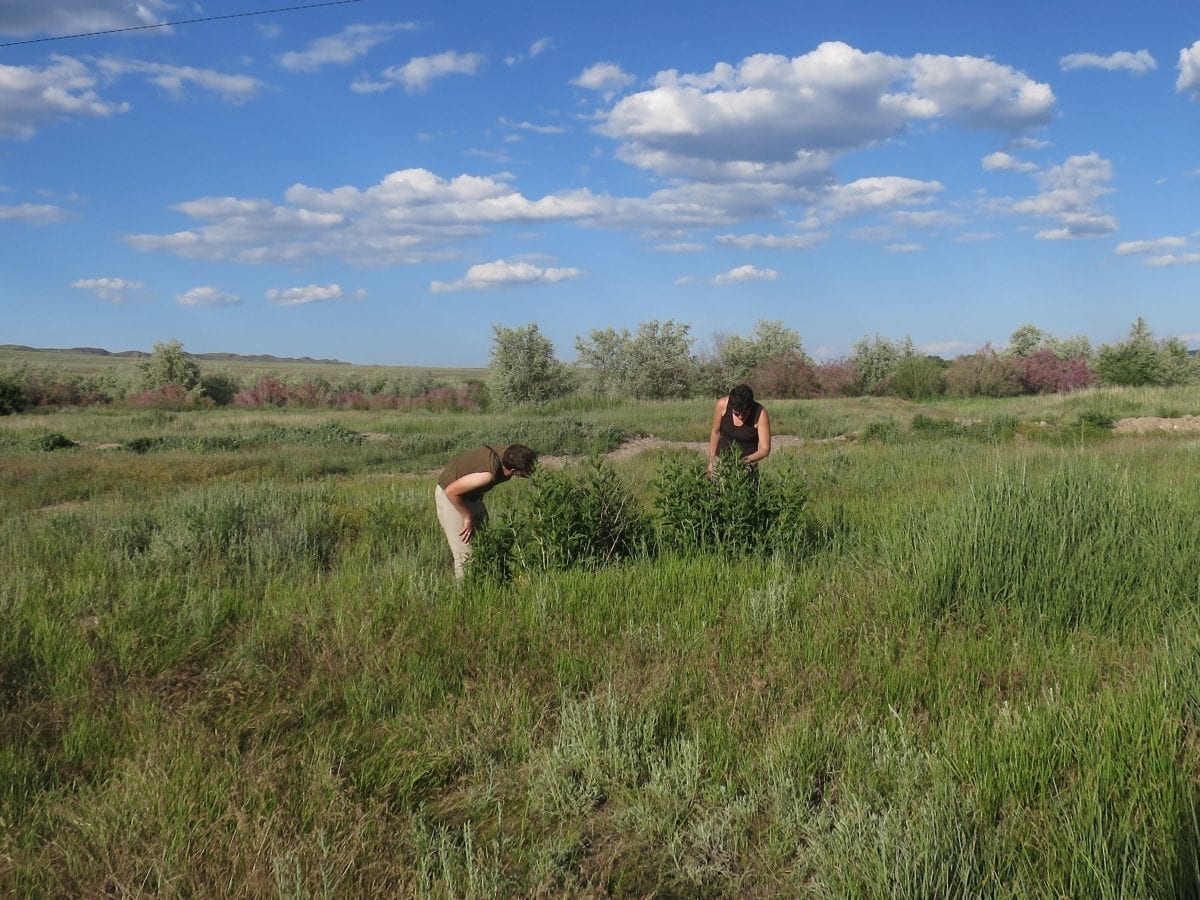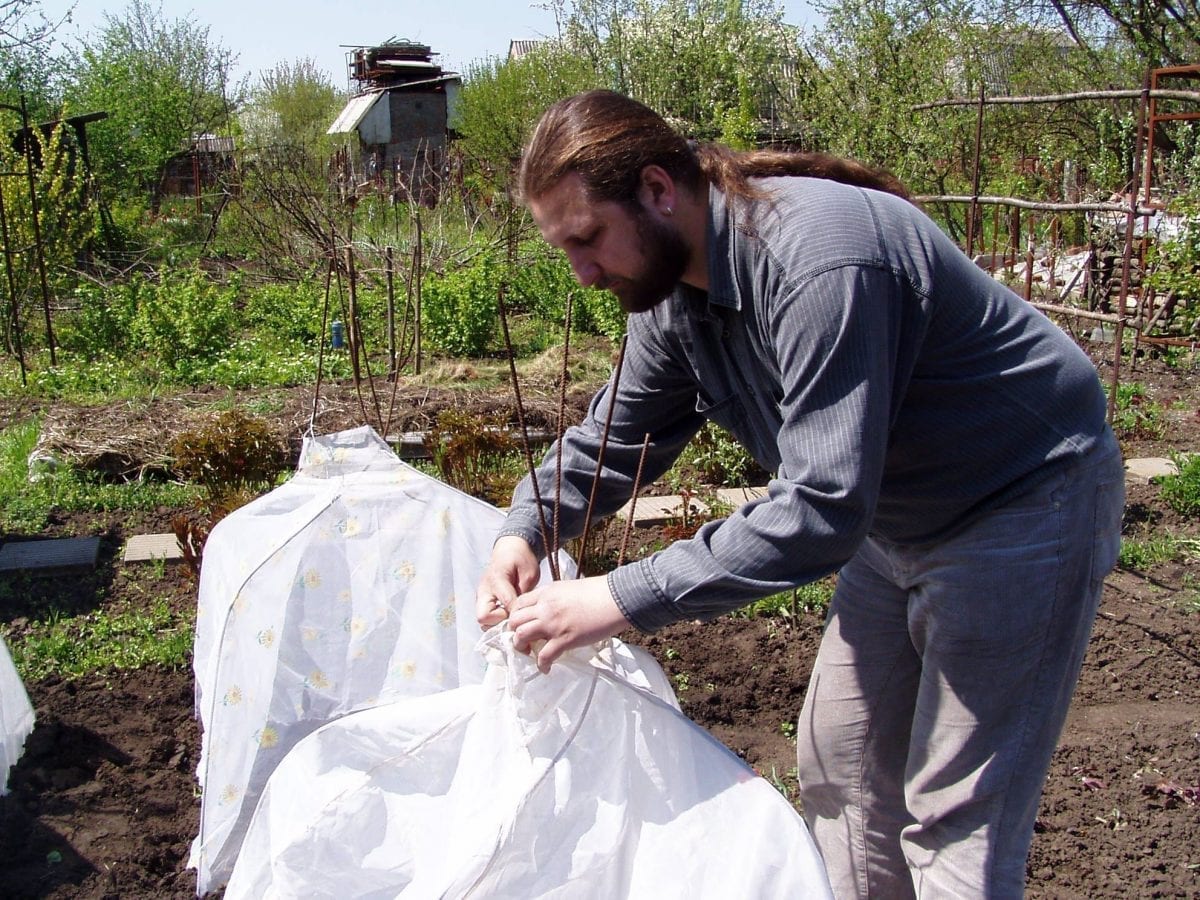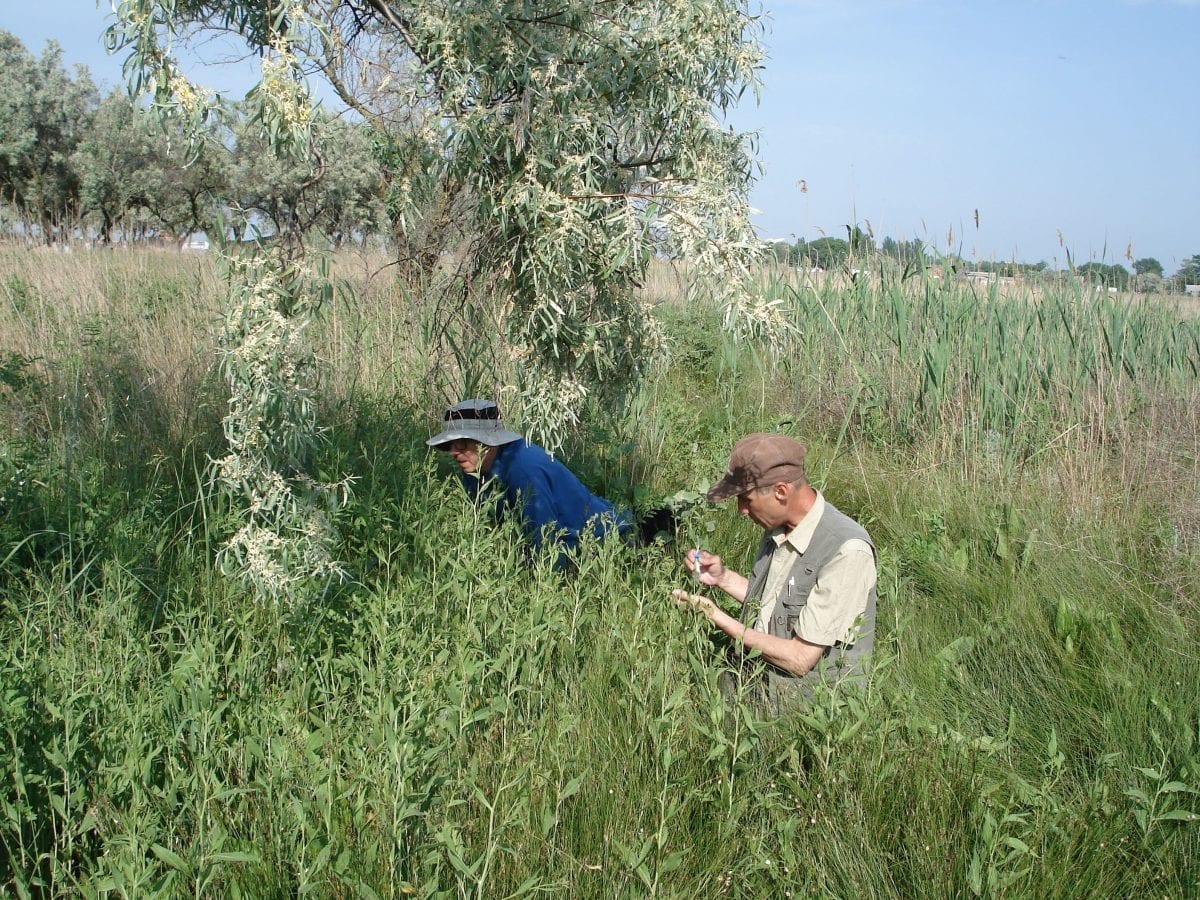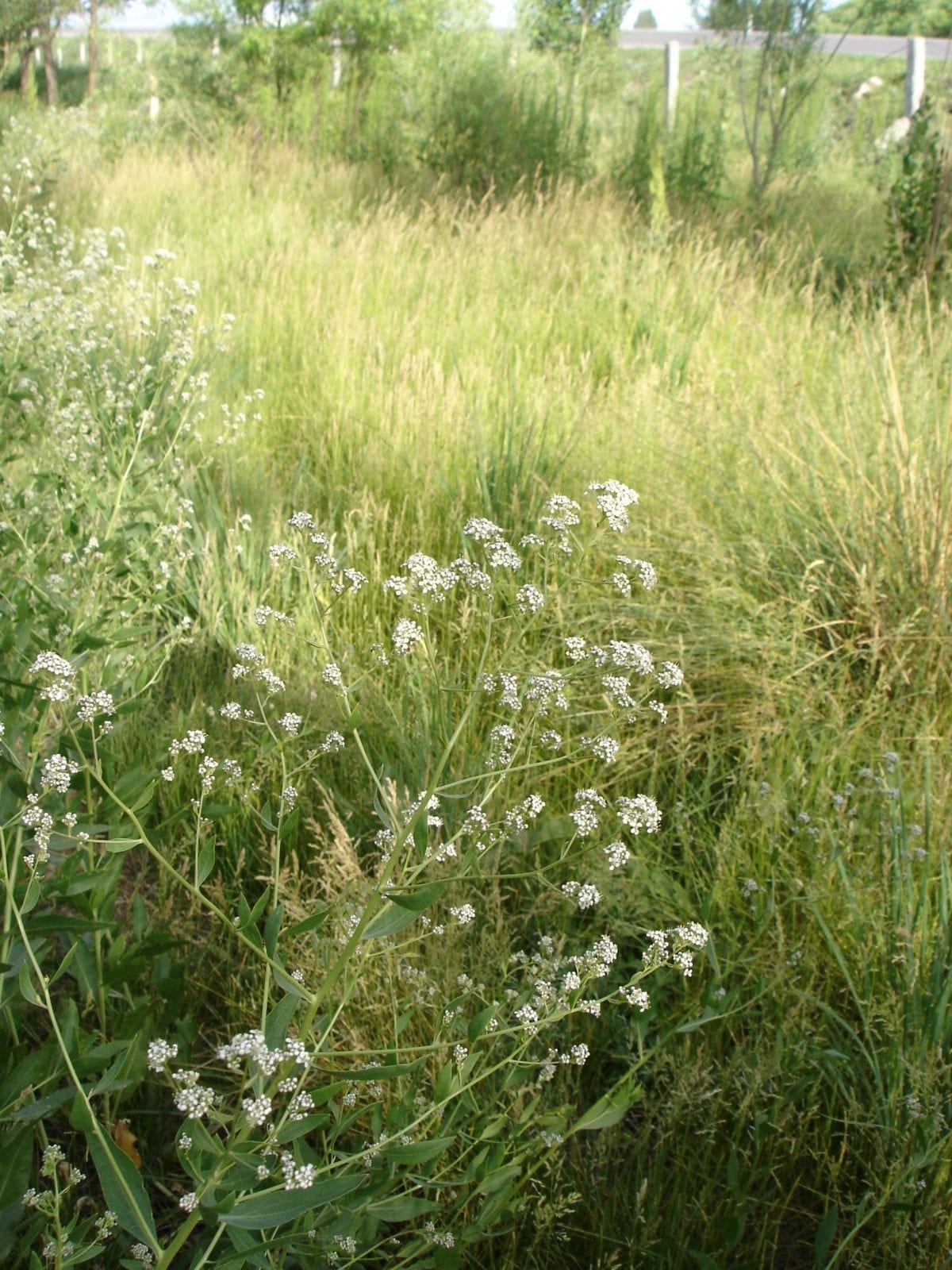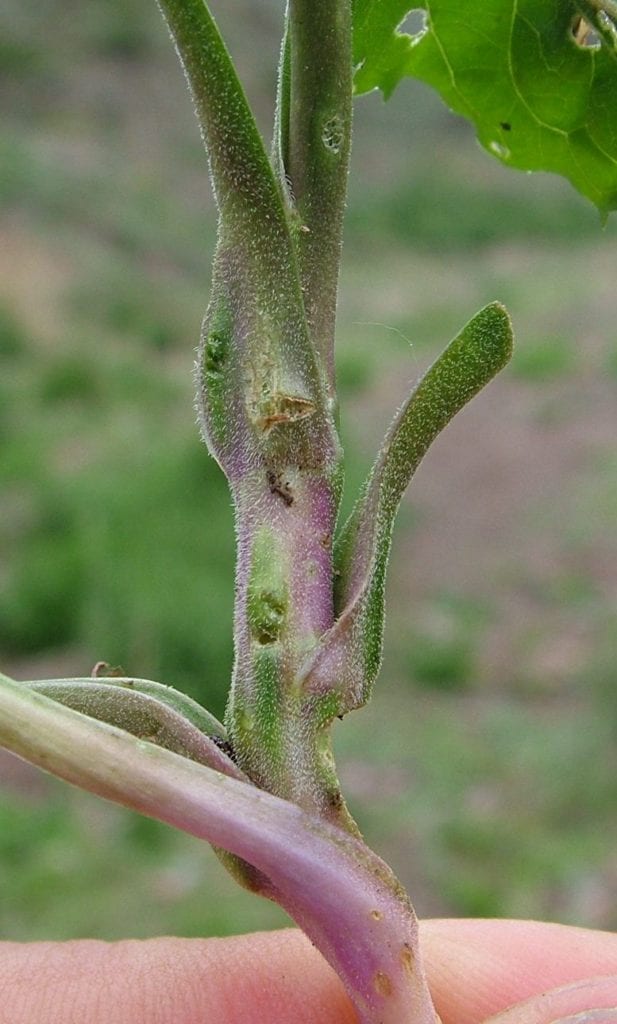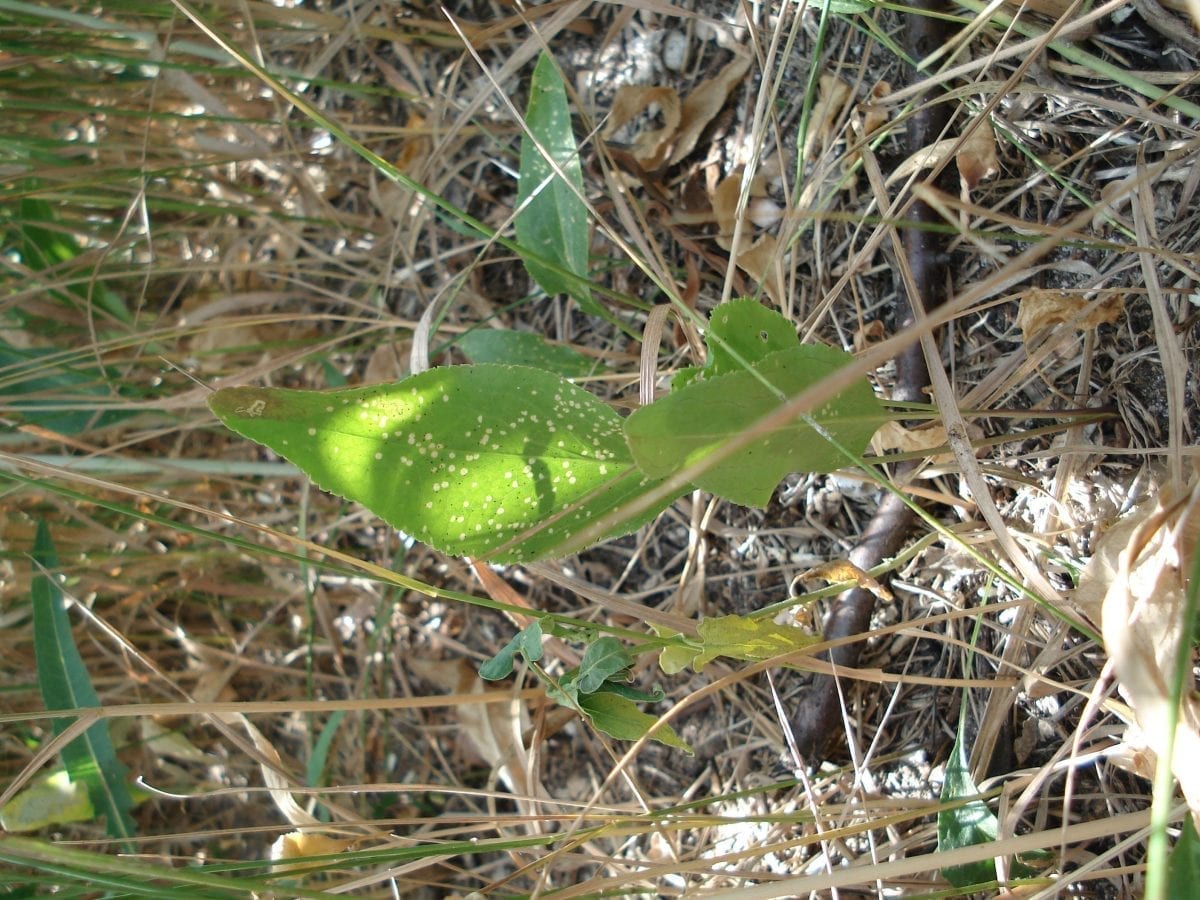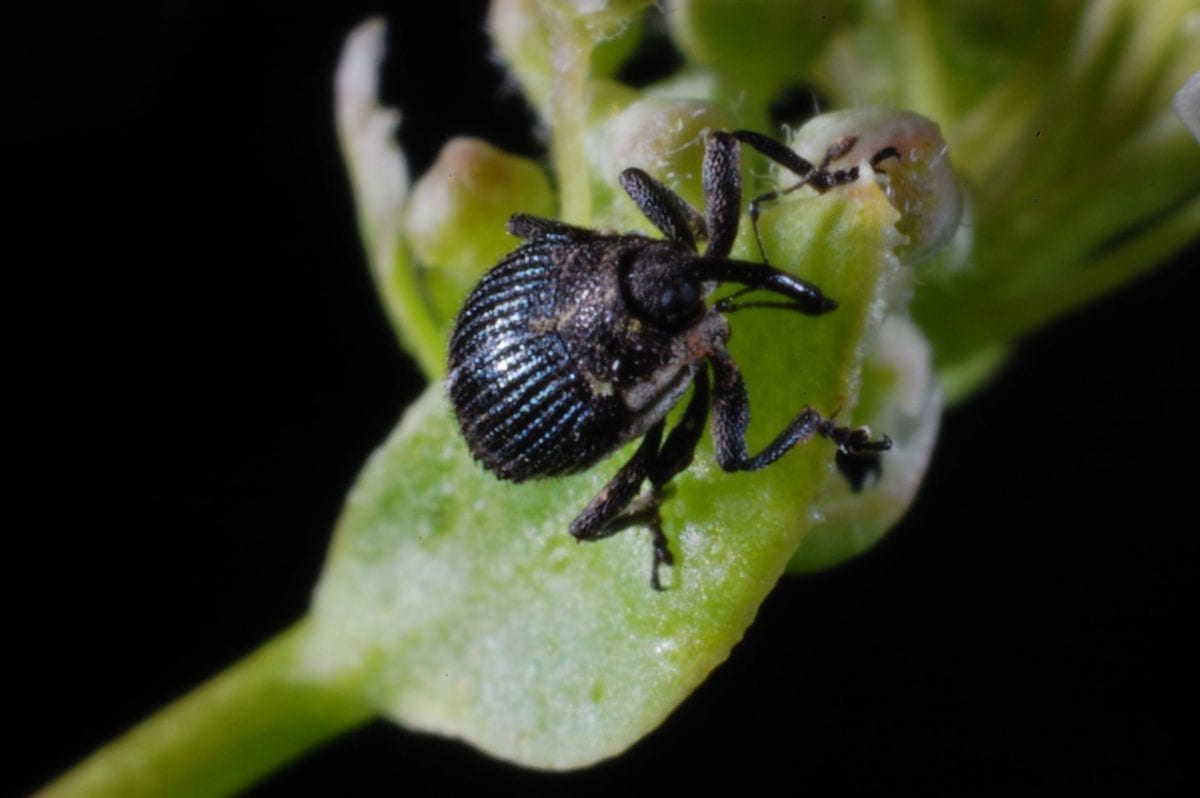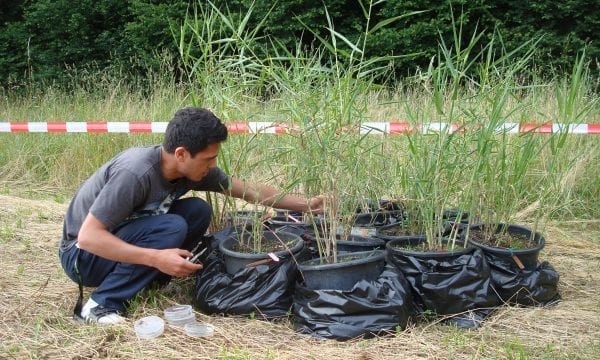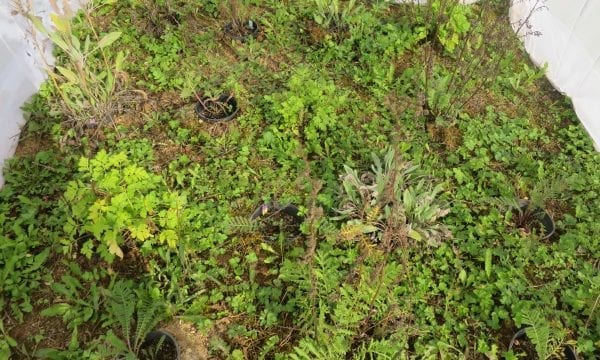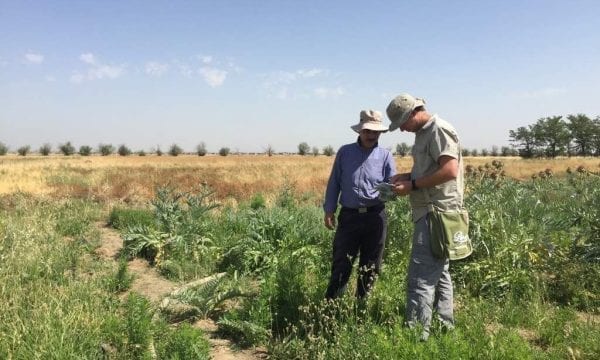Biological control of perennial pepperweed in the United States
Weeds like perennial pepperweed that have creeping root systems and prolific seed production are among the most difficult to control. This Eurasian mustard plant was accidentally introduced into North America with crop seed. One reason why it has become an invasive weed could be the absence of natural enemies that attack it in its area of origin. CABI is seeking to identify specialist natural enemies from Eurasia that can be introduced into North America as biological control agents.
Project Overview
So, what’s the problem
Perennial pepperweed (Lepidium latifolium) is a highly invasive mustard plant of Eurasian origin that spreads both by creeping roots and by seed. The weed’s root network is dense and infestations can produce some 16 billion seeds per hectare. It is particularly prevalent in moderately moist habitats such as riverbanks, drainage ditches, damp pasture and hay meadows. The established weed creates large monocultures that displace native plants and animals and are difficult to remove.
What is this project doing?
The project to investigate the potential for biological control of this weed started in 2004 in collaboration with Mark Schwarzländer (University of Idaho, USA). In 2005, we joined forces with the Biotechnology and Biological Control Agency (BBCA) based in Rome, Italy.
We have conducted extensive surveys for natural enemies in China, Kazakhstan, Turkey, southern Russia, Armenia, Georgia and Iran. We prioritised several species as candidate biological control agents based on their potential narrow host range (the plants they can develop on): the shoot-mining flea beetle Phyllotreta reitteri, the root-mining weevil Melanobaris sp. near semistriata, the gall-forming weevil Ceutorhynchus marginellus, the chloropid stem-mining fly Lasiosina deviata and the eriophyid mite Metaculus lepidifolii.
Since 2006, we have been conducting tests to investigate whether these potential biological control agents are specific or not, ie. whether they lay eggs or develop on plants other than perennial pepperweed.
Results
We have discarded M. lepidifolii and Ph. reitteri because they proved insufficiently specific during testing.
With Melanobaris sp. near semistriata and C. marginellus, testing in more natural situations and providing a choice of target and test plants reduced the number of non-target species attacked. However, we have had to suspend work with the Melanobaris species owing to political instability in eastern Turkey where we collect it.
For C. marginellus, larvae developed to adult in about a third of test plants in laboratory tests at CABI. In outdoor experiments in Russia, where we gave weevils a choice of test species attacked in laboratory tests plus perennial pepperweed, nearly a quarter of test species were attacked. At least one of these species was still attacked when growing at some distance from perennial pepperweed, and could therefore act as an alternative host for C. marginellus. Host-specificity tests with this weevil are currently ongoing under quarantine conditions at CABI.
Host-range tests conducted with L. deviata have indicated that this species may have a narrow host-range, but its impact on perennial pepperweed is unclear. No work is currently conducted with this species.
Project Manager

Sonja Stutz
Research Scientist, Weed Biological Control
Rue des Grillons 1 CH-2800 Delémont, Switzerland

